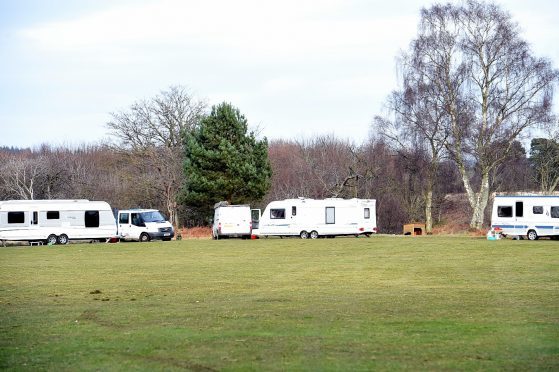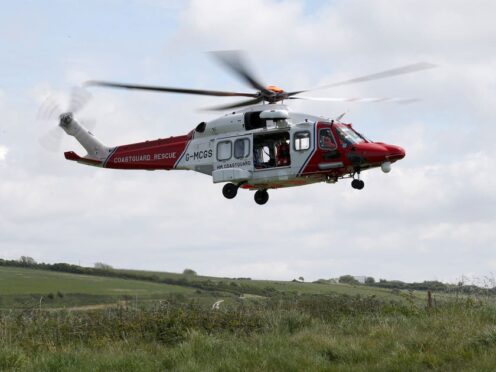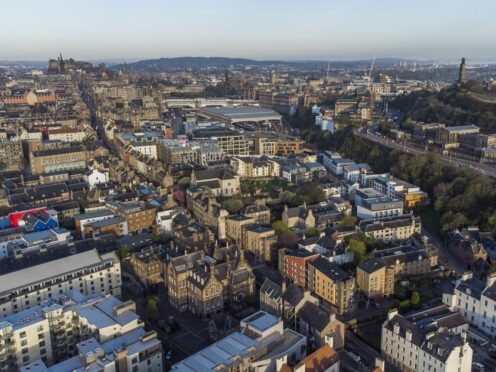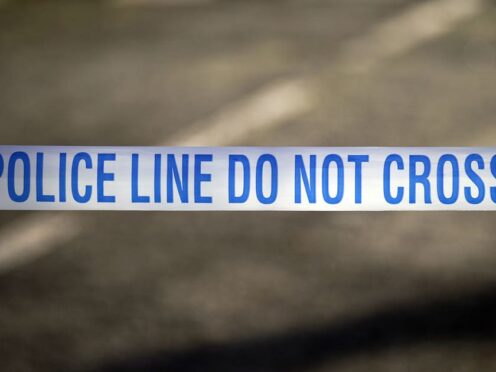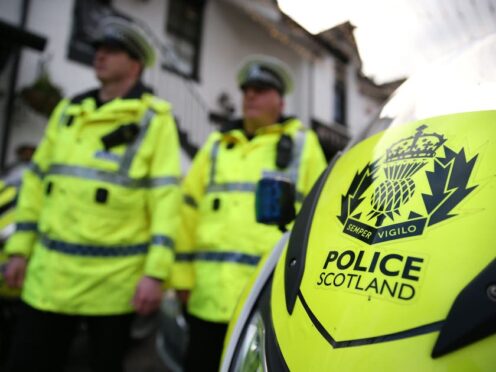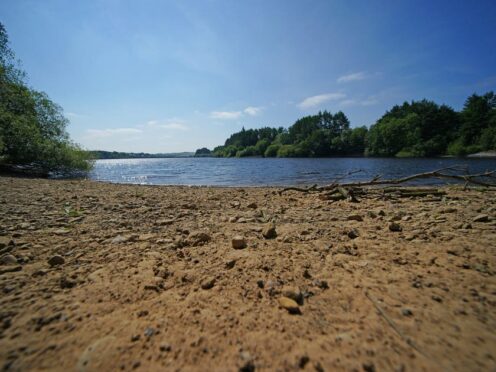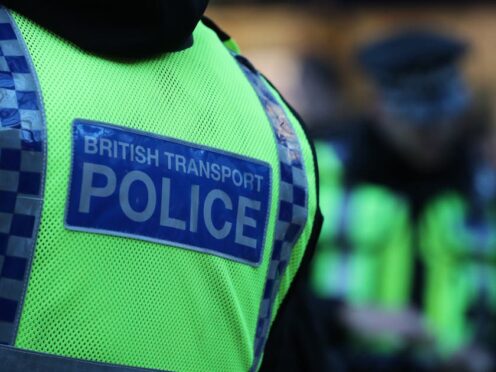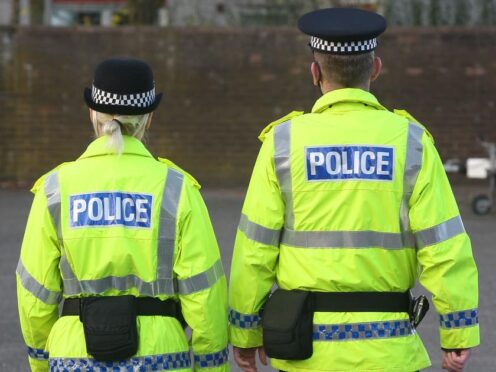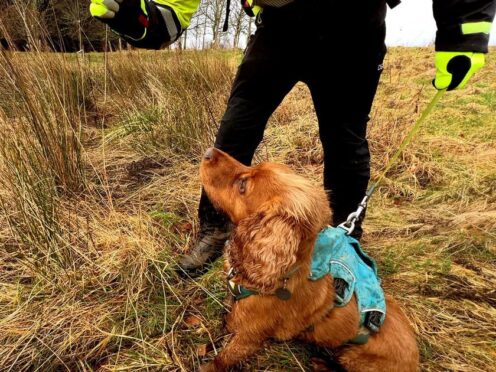The Scottish Government has been accused of “passing the buck” to councils” over new advice on dealing with illegal traveller camps.
Yesterday, it emerged their new guidance includes encouraging collaboration between authorities to keep watch over the movements of the camps as well as suggesting that they “identify locations” for unofficial sites.
Another suggestion is that councils provide facilities, such as recycling bins and portable toilets for unauthorised sites.
But the move has prompted a backlash from some people in the north and north-east with calls for specific bylaws to be put in place to give councils the power to “deal” with travellers.
The new report comes just a month after Aberdeenshire councillors agreed to convert a disused quarry at Aikey Brae, near Old Deer, into the region’s first official encampment.
A report earlier in the year also revealed there were more illegal traveller camps in Aberdeenshire than anywhere else in Scotland last year, with 61 recorded.
But Ross Grant, Labour’s regeneration spokesperson in Aberdeen, responded: “Aberdeen City Council is the lowest-funded council in Scotland and the last thing we can afford is to pay for services for illegal encampments.
“I would again ask the Scottish Government to give us a bylaw so we can deal with illegal gypsy traveller encampments once and for all.”
Highlands and Islands Conservative MSP, Douglas Ross, also backed that plan and added: “The Scottish Government has to stop passing the buck and come up with real solutions that councils can use to move these encampments on.
“My biggest concern is that, if we keep providing more and more facilities at unauthorised sites, it’s just going to encourage more to set up when we should be doing what we can to discourage them because they are a blight on communities.”
However, the chairman of the Aberdeenshire Council gypsy-traveller sub-committee, Allan Hendry, said that, because there was a “presumption against prosecution” of the ethnic minority in Scotland, there would be no sense introducing a bylaw to deal with unauthorised sites.
The SNP councillor added: “I have always been of the opinion the Scottish Government should take a more active part in what is happening. Local authorities have been left out on a limb with this and have been left to deal with things themselves.”
A Scottish Government spokeswoman said: “Local authorities and police already have the necessary powers to take appropriate action on issues arising from such unauthorised sites as existing legislation.”
